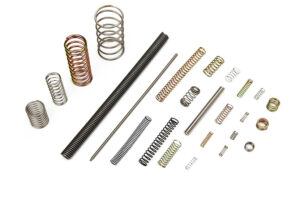How to compress coil springs

Coil springs are an important component of many vehicles, as they help to absorb shock and ensure a smooth ride. However, over time, these springs may become worn or damaged, and may need to be compressed or replaced. In this article, we will explore some of the best practices for compressing coil springs.
First and foremost, it is important to ensure that you have the right tools for the job. One of the most important tools for compressing coil springs is a coil spring compressor. This is a specialized tool that is designed to safely and effectively compress the spring, so that it can be removed and replaced.
To begin the process, you should first remove the old coil spring from the vehicle. This may involve removing other components such as the shock absorber or upper mount. Once the spring is removed, you can place it in the compressor tool, making sure to follow the manufacturer’s instructions for proper placement and alignment.
Once the spring is properly positioned in the compressor tool, you can begin to compress it. This process should be slow and methodical, making sure to monitor the spring for any signs of stress or deformation. You may also want to add some lubrication to the threads and bolts of the compressor tool to ensure a smooth and safe compression process.
When the spring is fully compressed, you can remove it from the tool and either replace it with a new spring or re-install the old one. It is important to ensure that the new or re-installed spring is properly aligned and secured, before re-assembling any other components.
Overall, compressing coil springs can be a complicated and potentially dangerous process, but with the right tools and techniques, it can be done safely and effectively. If you are not comfortable performing this procedure yourself, it is always best to seek the assistance of a qualified automotive professional.






